As one of the first major public figures to promote organic agriculture, Prince Charles undeniably has some pretty lush green laurels to garland the head that will one day wear the crown. In that context, he was a natural choice to address last year’s COP26 climate change conference, telling world leaders that “restoring natural capital” and “accelerating nature-based solutions” were part of the solution to the environmental crisis.
But, as the saying goes, fine words butter no parsnips – even organic ones – and Prince Charles and his family could do a lot more to live up to the aspirations he has set for the rest of the planet.

With this in mind, a campaign was launched in 2021 by a group called Wild Card calling on the royals to rewild their estates. Between them, the Queen and her progeny have an estimated (and very enviable) 1,000km2 under their direct control, with another 1,000km2 of farmland managed by the Crown Estate. The royal family does not manage this land but still benefits from it.
All told then, that’s 2,000km2, an area about the size of Warwickshire (or a bit smaller than Carmarthenshire, if you prefer your comparisons in units of Wales), where the royals could – in the Prince’s own words – “restore natural capital” and “accelerate nature-based solutions”.
Which, in everyday language, means letting trees and scrub grow as they want, not draining (or digging up) peatbogs, and revitalising wildflower meadows and rivers.
And there is plenty of scope for change. Balmoral is still largely run as a traditional shooting estate, which means high densities of red deer continue to inhibit regeneration of natural forests, while large swathes of Dartmoor (owned by the Duchy of Cornwall) are grazed to within a few millimetres of their life by nature’s most efficient lawn mower, Ovis aries, more commonly referred to as sheep.
To help the Prince and the rest of his family in this task, BBC Wildlife has had a rummage in the the treasure chest of rewilding ideas and spoken to conservationists who live or work close to some of the most famous royal estates. Here’s what we came up with...
Duchy of Cornwall, England
“In the future, Dartmoor might become a habitat for long-lost species such as the wildcat”
The Duchy of Cornwall landholdings are concentrated in the western half of Dartmoor, and despite its wild beauty and iconic granite tors, wildlife in the national park is a pale shadow of what it once would have been. Only a few isolated spots, such as the haunting Wistman’s Wood – a fern-rich, lichen-clad but tiny 3.5 ha oak woodland – give a hint of its true nature.
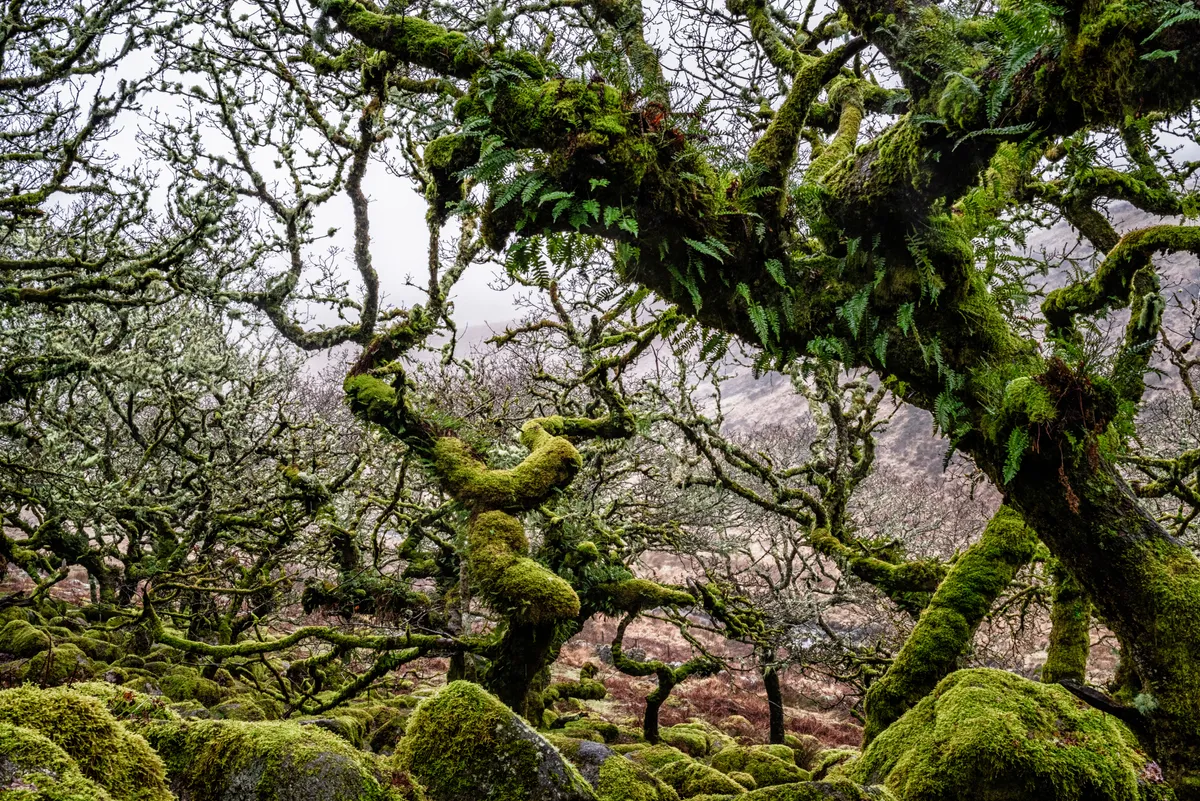
Much of the Duke of Cornwall, Prince Charles’s Dartmoor estate is let out to sheep farmers, and over the past 100 years or so it has been subjected to intensive levels of grazing. Reducing sheep numbers, or better still getting rid of them altogether and replacing them with lower densities of livestock that have a less devastating impact on biodiversity, would be a crucial first step.
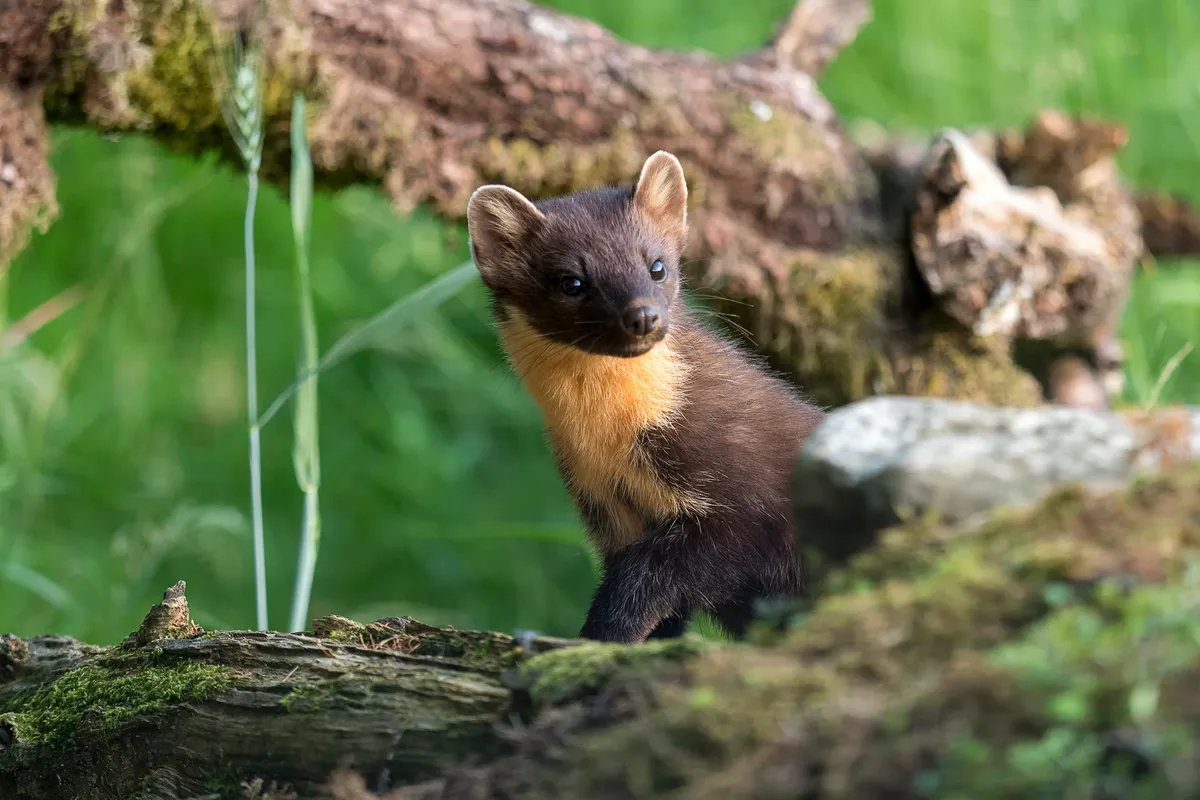
The Duke could look at the example of Piles Copse, where writer and campaigner Guy Shrubsole says the landowner is regenerating woodland by fencing livestock out. Here, cuckoos can be heard in the spring, and doing something similar over a much larger area could eventually make Dartmoor fit for native predators such as pine martens.
In the medium term, beavers would help biodiversity recover in the river valleys, while jays would disperse acorns to drive natural regeneration. Further into the future, when the Duke likely succeeds to the throne, Dartmoor might become a habitat suitable for long-lost species such as the wildcat, while white storks patrol florally diverse, insect-rich grasslands.
Royal Report Card for Duchy of Cornwall
- Location: Dartmoor National Park Area
- Size: At least 25% of Dartmoor, which covers 950km2
- Habitat: Largely bare moorland, but historically moist Atlantic oakwood
- Let them bring back: Wildcat
- Current grade: C
- Capable of: A
Gatcombe Park, England
“By reintroducing beavers, the Princess Royal could make a name for herself”
Perched above the Nailsworth valley in the Cotswolds, Gatcombe Park differs from the other estates covered here in that it’s relatively small. On the whole, rewilders prefer to see nature restoration over a larger scale than this.

Though just under a third of the park is woodland, that’s not enough space for forest predators such as pine martens or wildcats. But the estate stretches right down to the valley floor, and there’s already a sizeable lake here.
Perhaps this could be the place to bring beavers back to the Cotswolds. It’s a relatively lived-in landscape, so a full-on reintroduction might be controversial, but putting captive animals into a large enclosure as a kind of demonstration project would surely be feasible.
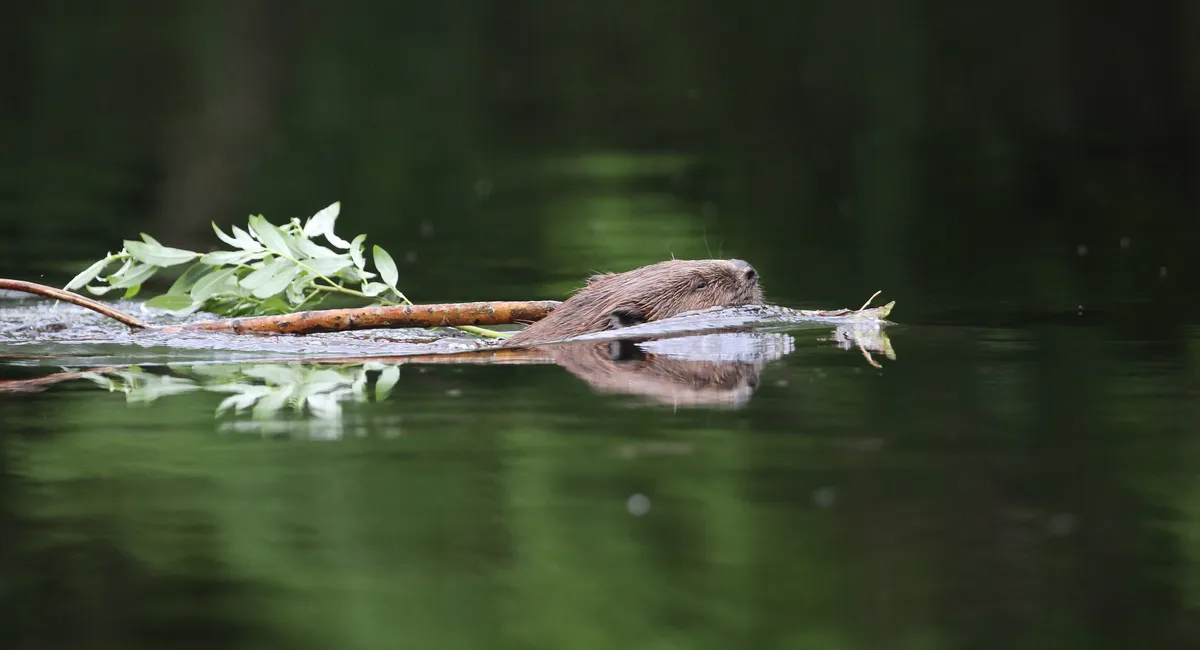
After very heavy rainfall, the downstream town of Nailsworth has been known to flood, but beavers can help reduce such episodes by damming and thereby slowing down the flow of the river.
They would also improve water quality and increase habitat for invertebrates, such as dragonflies and amphibians, consequently benefiting a wide variety of aquatic birds, such as dippers, grey wagtails, herons and kingfishers.
Gatcombe Park is currently best known for horse trials. By reintroducing beavers, the Princess Royal, who lives here, could make a name for herself by ‘trialling’ a radical form of wildlife conservation instead.
Royal Report Card for Gatcombe Park
- Location: The Cotswolds
- Size: 280ha
- Habitat: Grassland and woodland
- Let them bring back: Beaver
- Current grade: D
- Capable of: B
Balmoral, Scotland
“With 200km2 to play with, the Queen’s estate could initiate a trend for more enlightened land managment, which others could imitate”
While rewilding agricultural land does have some negative connotations north of the border, just a few salmon leaps from Balmoral, there’s a brilliant nature restoration project the royal family could borrow from without being accused of repeating the 18th-century Highland Clearances – Cairngorms Connect.
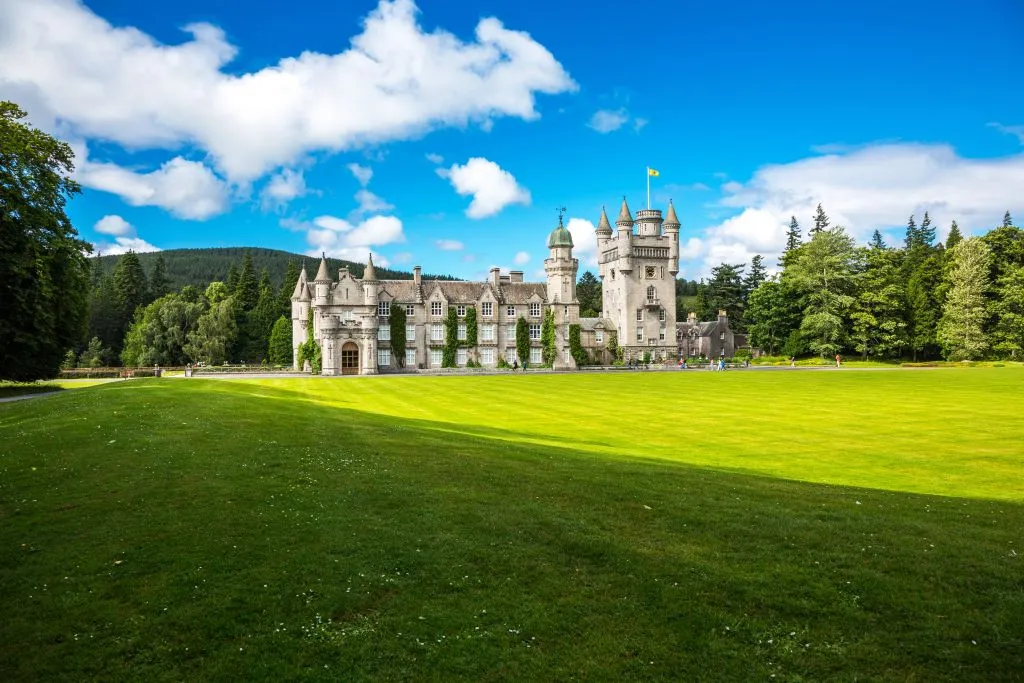
Here, a coalition of conservation groups and private landowners is restoring biodiversity across a vast 600km2 landscape by reducing deer numbers and planting native trees such as Scots pine, alder, birch, juniper and willow.
Pete Cairns, a wildlife photographer and conservationist, says his own small landholding of 50ha, which is in the middle of the restoration area, is benefiting greatly. “There’s a much greater diversity of species, a broader suite of bugs, bees, butterflies and birds,” he says. Goshawks now breed in the area and pine martens are bouncing back.
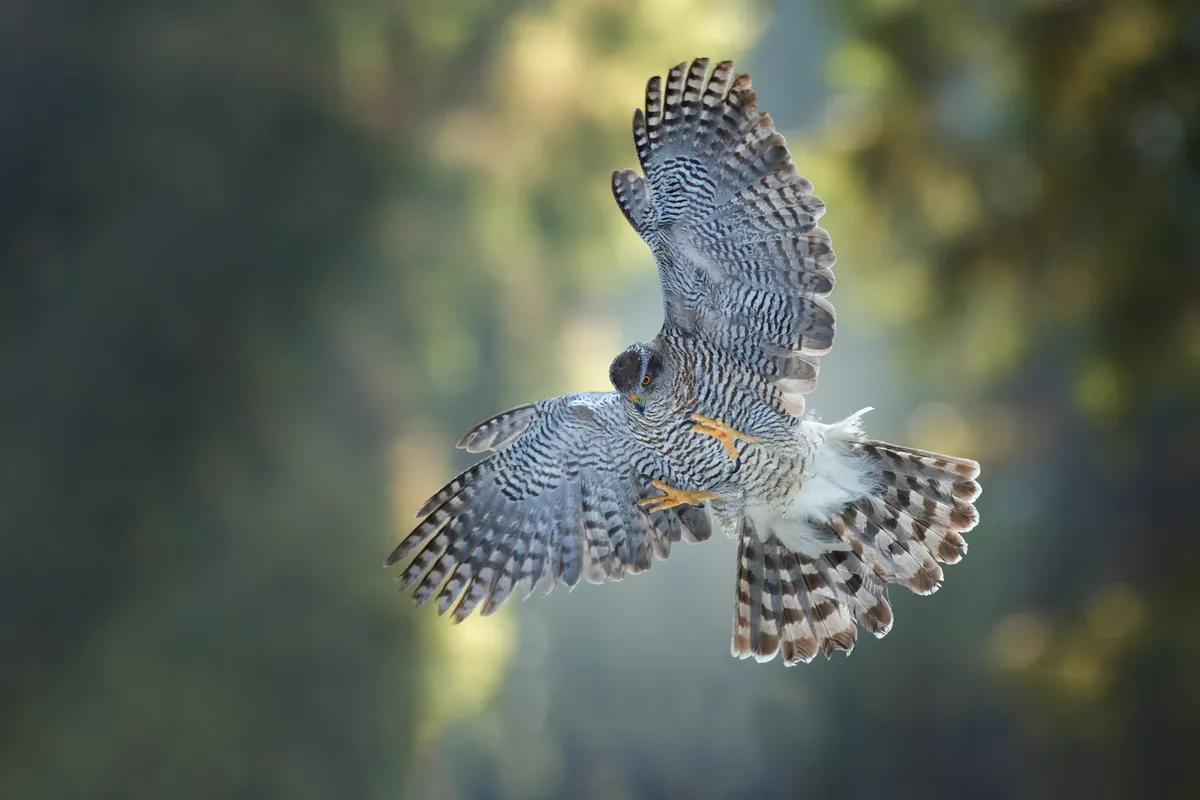
Trees will only regenerate by themselves if deer numbers are brought down to below 4-5 per square kilometre, but many shooting estates have numbers at 15-20 or more. With 200km2 to play with, Balmoral could initiate a trend for more enlightened land management, which other estates might imitate. The royal family has the potential to not only restore nature on their own holdings, but encourage others to follow suit.
Mixed pine and broad-leafed woodland, not bare moorland, is the natural domain of red deer anyway (red deer in Scotland are smaller than their European cousins because the habitat is so poor), and a more forested landscape would benefit capercaillies, the woodland grouse that is hanging on by its tail feathers in Scotland, red squirrels and roe deer.
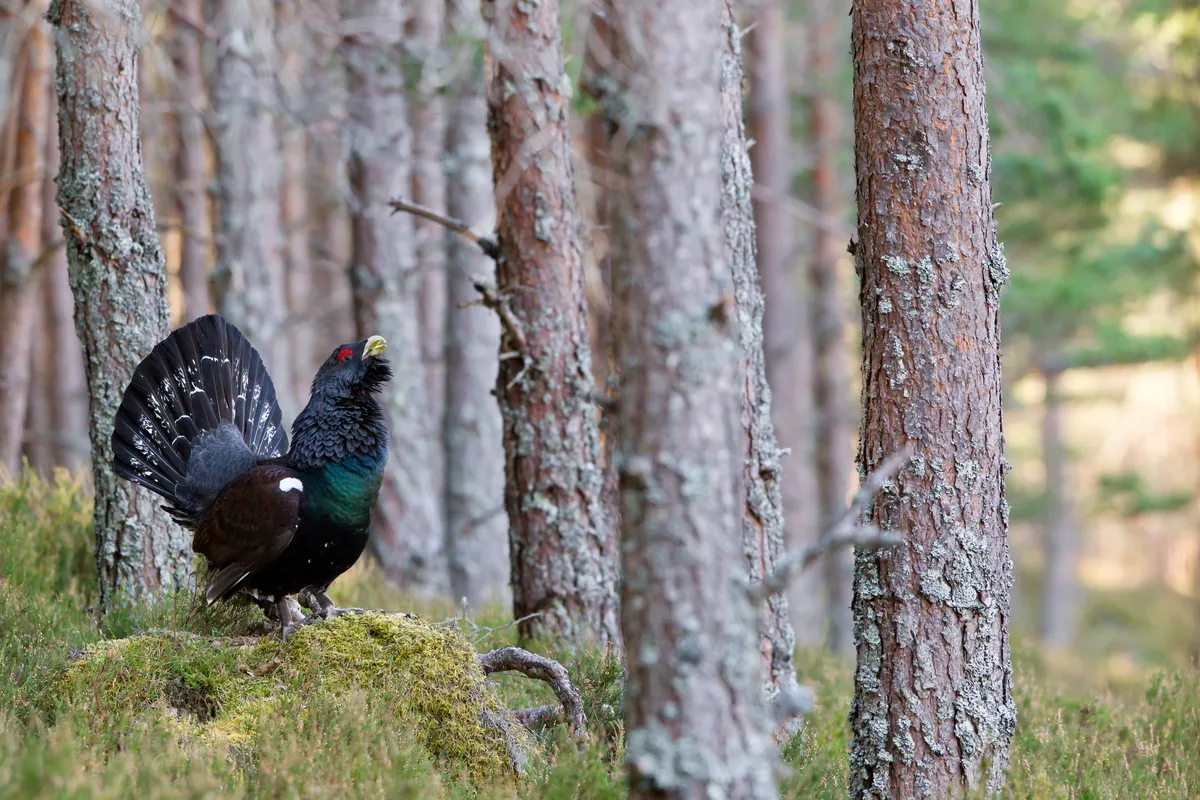
Who knows where it could all lead? Whatever the keenest rewilders say, wolves are perhaps a step too far (for now), but lynx would thrive in newly invigorated Caledonian pine, and birch woodland and would make sure deer numbers don’t get out of control.
The Queen announcing in her Christmas speech that she was bringing back a predator that’s been absent for 1,500 years would certainly wake the nation up from its post- turkey stupor.
Royal Report Card for Balmoral
- Location: Cairngorms National Park Area
- Size: 200km2
- Habitat: Scottish Highlands estate, made up of moorland and some forest
- Let them bring back: Lynx
- Current grade: C
- Capable of: A
Duchy of Lancaster, England
“One of the biggest issues in Bowland is grouse-shooting, which reduces plant diversity”
The Duchy of Lancaster is owned by the Queen and, though it doesn’t cover an extensive area of the Forest of Bowland, there is a substantial holding at Whitewell, near Clitheroe. Bowland’s moorlands ought to be fertile territory for species, such as hen harriers and other raptors, but in recent decades they have largely failed to flourish.
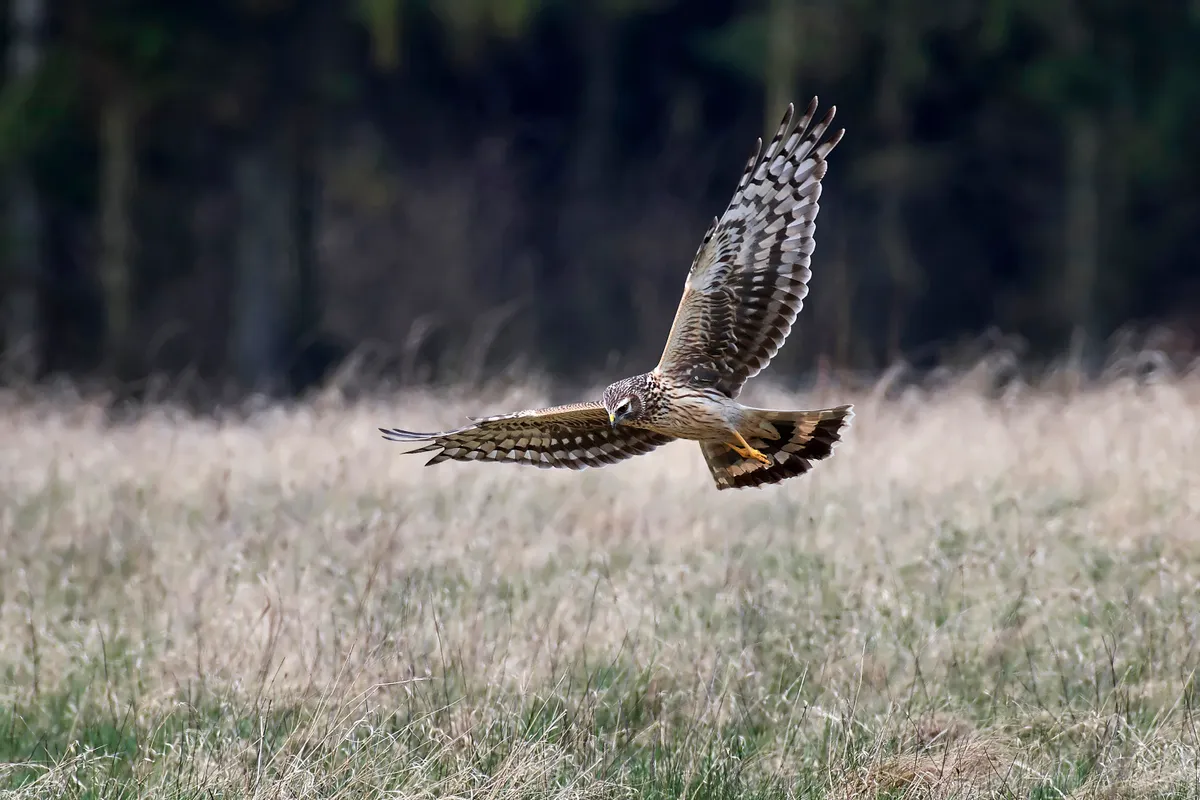
One of the biggest conservation issues in Bowland is grouse-shooting, which requires the cultivation of a heather monoculture at the expense of greater plant diversity.
A spokesperson from the duchy told BBC Wildlife that game-shooting of grouse, partridges and pheasants only takes place on a “limited scale”, but to really live up to Prince Charles’s words, should it not commit to abandoning these pursuits entirely? That could have a domino effect, persuading other landowners to give them up as well.
Whitewell could look to the example of the RSPB’s reserve at Dove Stone, in the Peak District, where rewetting blanket bog by blocking drainage ditches has resulted in a big increase in nesting dunlin and curlews. Over a 12-year period, breeding dunlin numbers grew by 37%, while curlew numbers doubled.
A truly rewilded Bowland would have, yes, heather, but it would share the space with bilberry, cottongrass and vast expanses of peat-forming sphagnum moss, while birch, juniper and rowan woodlands would also begin to come back.

Along with waders, short-eared owls and meadow pipits would thrive, and once fully restored, the growing prey base would allow hen harriers to feed their hungry broods without competing with hedge-fund managers for red grouse.
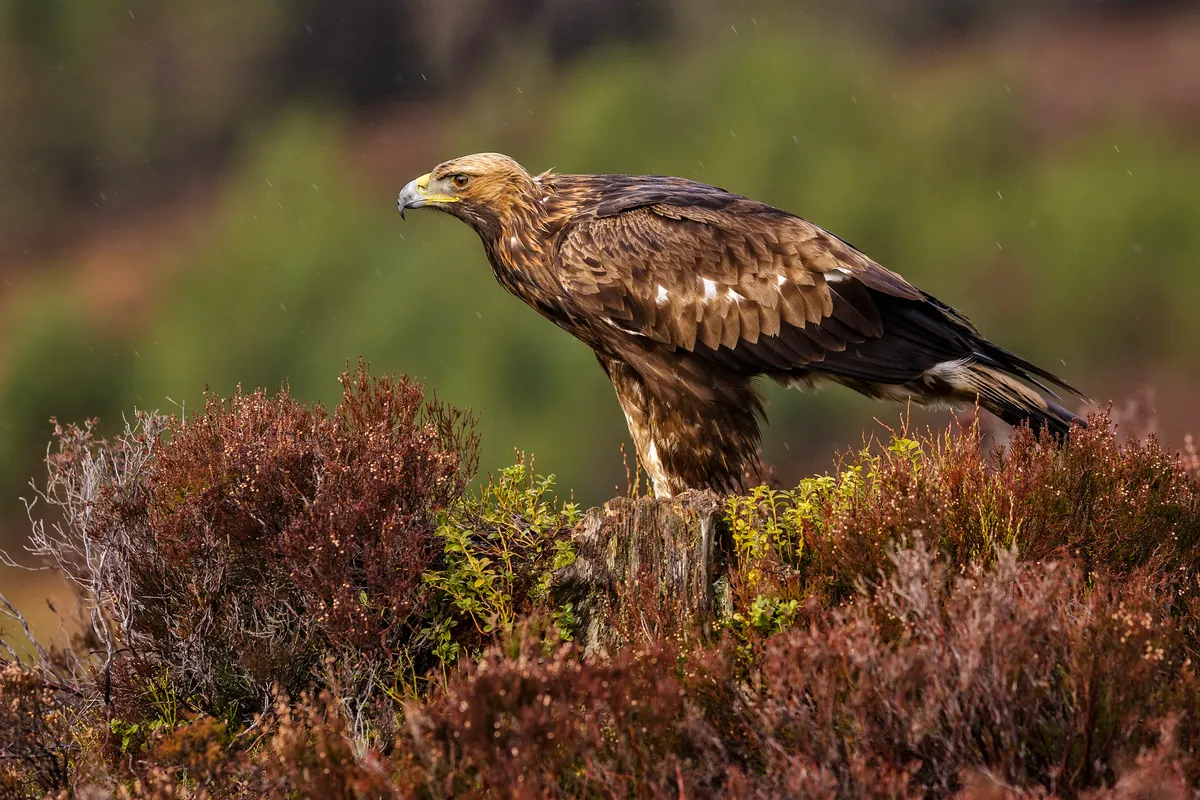
Bowland might eventually attract golden eagles dispersing from southern Scotland, bringing this apex predator back to England after a long absence. Or perhaps the royal family could give them a helping hand, as is being considered in Wales?
Royal Report Card for the Duchy of Lancaster
- Location: Whitewell, Forest of Bowland Area
- Size: 25km2
- Habitat: Upland moorland
- Let them bring back: Golden eagle
- Current grade: D
- Capable of: B
Sandringham, England
“The Queen could do worse than look to local estates that have gone down the rewilding route”
Sandringham is the biggest and best- known lowland estate owned by the royals. It’s already largely certified organic, but as rewilded sites such as Knepp in West Sussex have shown, much more can be achieved for nature by a far more radical approach.
But how? Knepp has abandoned arable agriculture, turning instead to livestock such as Tamworth pigs, longhorn cattle and Exmoor ponies.
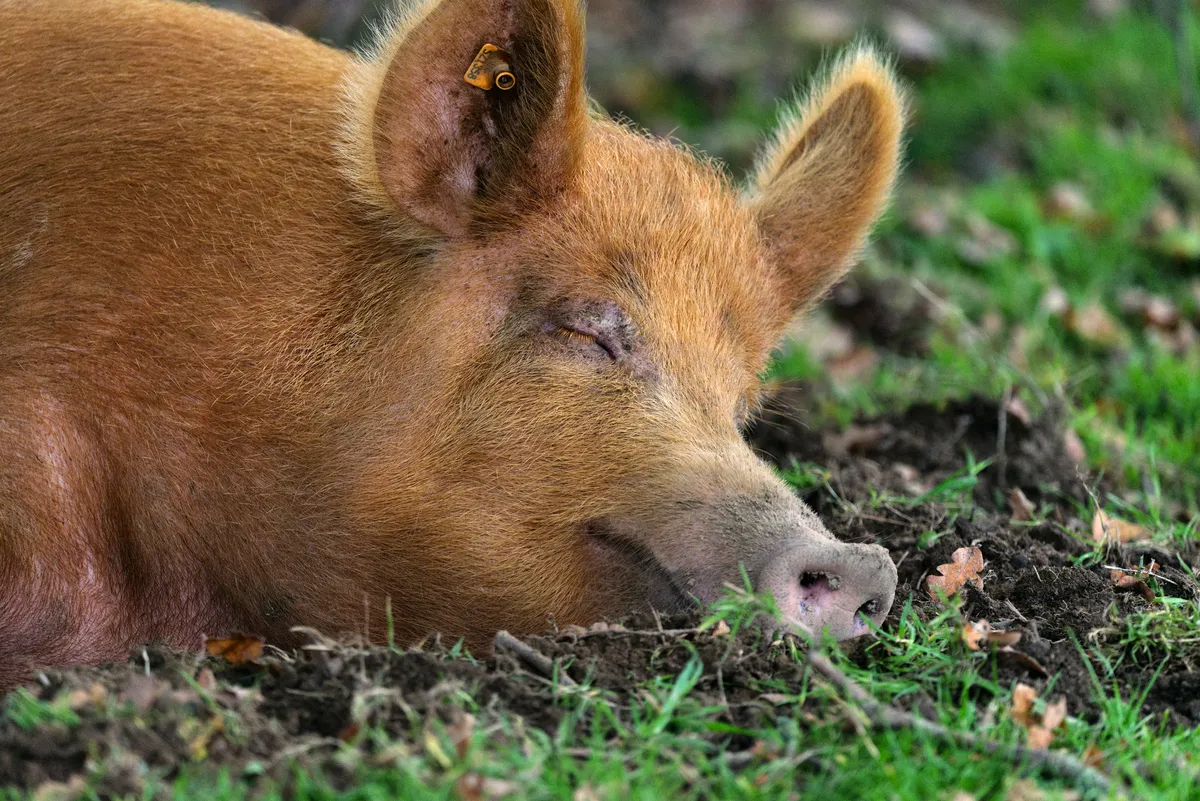
These domestic animals replicate the behaviour of wild boar, extinct aurochs (a wild bovid) and tarpan (a wild horse), setting in train dynamic processes within woodlands, grasslands and wetlands that lead to greater floral diversity, allowing invertebrates and birds to thrive as well.
Hedges are left to grow out like billowing sails, and brambles and other scrubby plants to colonise anywhere they like, providing nesting areas for dunnocks and whitethroats.
The Queen could do worse than look to local estates that have gone down the rewilding route – there’s Ken Hill, just a few miles to the north, or Holkham, a bit further away to the east, where director of conservation Jake Fiennes is managing a transformation of its wetlands.
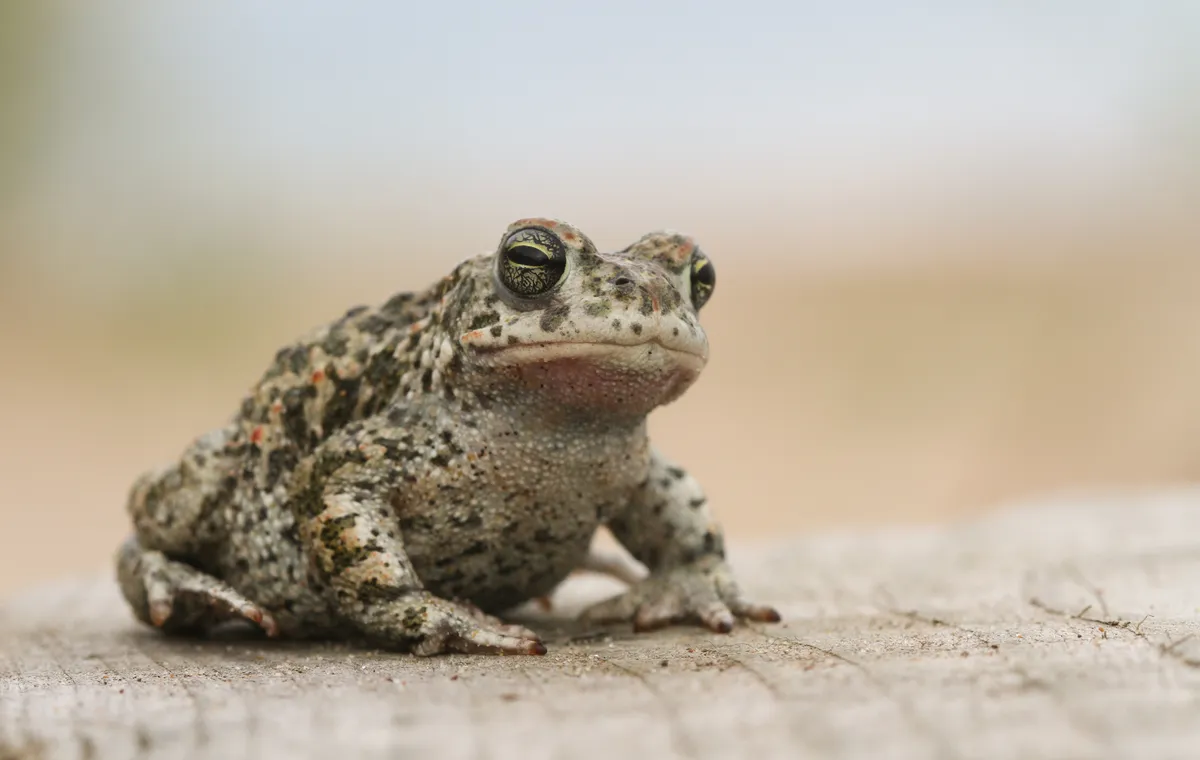
According to Fiennes, it’s all about allowing natural processes to begin again. “You put in a scrape for avocets and when that gets overgrown with rushes and reeds, you get natterjack toads,” Fiennes says. “Then you might find it’s good for marsh harriers and spotted crakes.” The goal is not the species who find a home there, but the process itself.

The Queen could go even further and make a real statement by introducing European bison into woodland areas. Though not strictly speaking native, it’s a close relative of the steppe bison which was found in the UK until about 6,000 years ago, and a release into a fenced 100ha woodland will begin in Kent this year.
Conservationists believe bison – like beavers – act as ecosystem engineers by killing off some trees, leaving standing and fallen dead wood that acts as habitat for fungi, insects and woodpeckers. They also open up areas of the forest, allowing other flora and fauna to thrive. Wild herbivores, such as aurochs and tarpan, shaped our prehistoric forests – could bison be the key that unlocks the way forward to the past?
Royal Report Card for Sandringham
- Location: North Norfolk
- Size: 2,800ha
- Habitat: Lowland agricultural land with some forests and wetlands
- Let them bring back: European bison
- Current grade: B
- Capable of: A+
